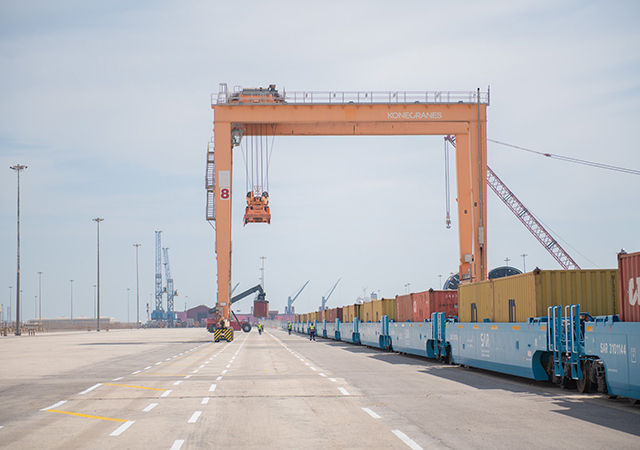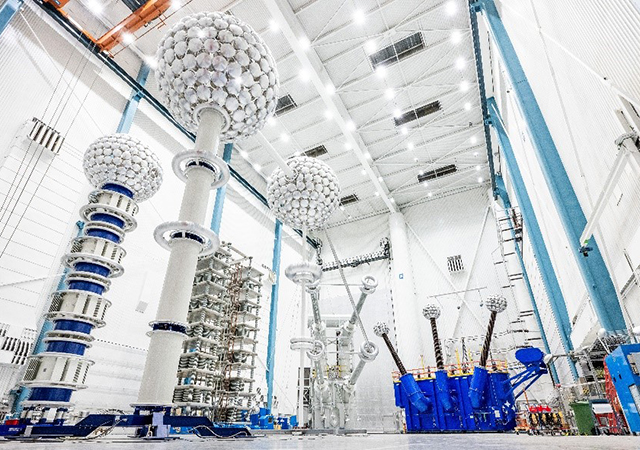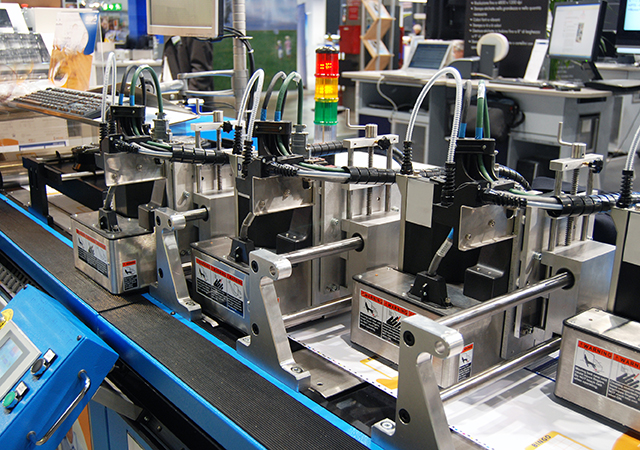
 Chinese factories are going through a bleak period
Chinese factories are going through a bleak period
A measure of Chinese manufacturing activity showed factory output shrank sharply in October in the face of waning orders, while officials pledged further steps to boost domestic demand to keep the economy from slowing too much.
Capital controls and the relative conservatism of China’s banks have largely insulated the world’s fourth-largest economy from direct hits from the global financial crisis, but its reliance on exports to the United States and Europe makes it vulnerable to a drop-off in Western demand, reports Reuters.
Brokerage CLSA’s Purchasing Managers’ Index (PMI) gave an indication of the extent of the damage, falling to 45.2 in October from 47.7 in September.
It is the weakest reading since the survey was launched in April 2004 and the third-straight month that it has come in below the boom-bust line of 50 to indicate a manufacturing contraction.
The government’s official PMI for October also plunged to a record low of 44.6 from 51.2 in September.
The pair of reports makes gloomy reading for global policy makers hoping that China, which has accounted for about a quarter of incremental worldwide output in recent years, could crank up its contribution even more.
“Chinese manufacturers are seeing their order books cut, both at home and abroad, as the world economy falls into recession,” said Eric Fishwick, head of economic research at CLSA.
“Costs are falling but so are output prices. The coming 12 months will be difficult ones for manufacturers, China included,” Fishwick said.
The economy has already slowed considerably. Annual gross domestic product growth was 9.0 per cent in the third quarter, down from 10.1 per cent in the second quarter and 11.9 per cent in all of 2007.
Beijing has responded with a raft of fiscal and monetary policy measures, including cuts in interest rates since mid-September and increases in tax rebates for exporters of labour-intensive goods.
The central bank has also stopped imposing strict lending limits on banks to ease the impact of the credit crisis, state media reported.
With evidence mounting that even such steps will not be able to stave off a significant slowdown in exports, a key growth driver, a number of senior officials said the country should do yet more to boost domestic consumption.
Liu Tienan, vice director of the National Development and Reform Commission, the country’s top planning body, told a conference that the next set of macroeconomic policy steps should use consumption to stimulate economic growth, according to the official China Securities Journal.
The paper also quoted central bank vice governor Su Ning as saying that, while actively maintaining stable export growth, China should focus on efforts to expand domestic demand.
Ma Jiantang, the chief of the National Bureau of Statistics, also put the emphasis on home-grown demand.
Writing in the People’s Daily, the mouthpiece of China’s Communist Party, Ma said China could tap huge investment potential in transport and housing as well as pent-up rural demand for consumer durables to drive its expansion.
The government recently said it would invest 2 trillion yuan ($292 billion) in railways in coming years, just one example of the fiscal firepower Beijing has to support growth.

















